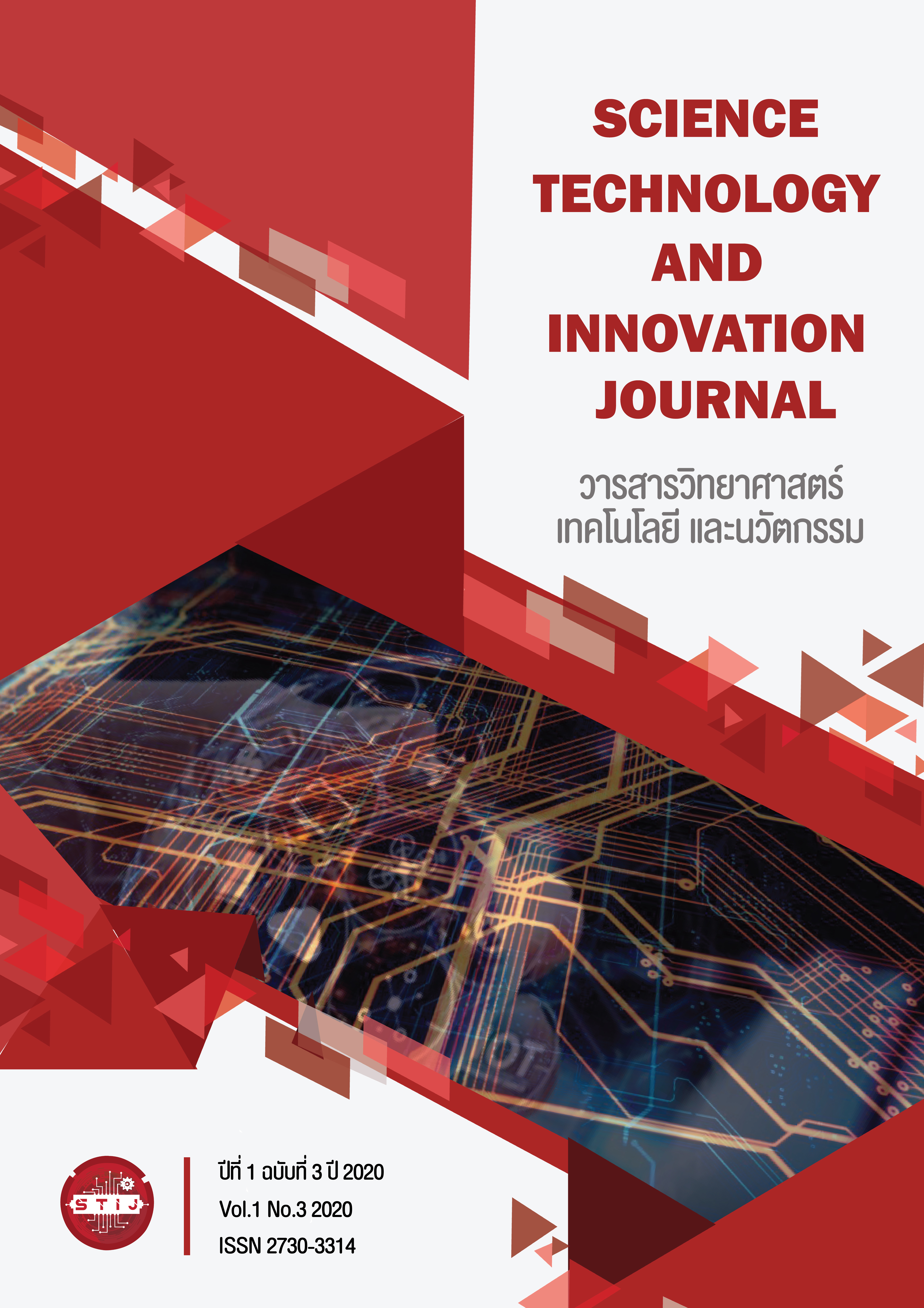Computer X-ray Tomography Scanner for suspicious objects in the luggage bag at the airport
Keywords:
Image processing, Computer X-ray Tomography Scanner, Luggage bagAbstract
This research is presented to the researchers to create a system to detect suspicious objects from real X-ray images using Deep Learning to help detect suspects. The system will detect the image from the computer X-ray Tomography Scanner. When a suspicious object is found in the DataBase, the system will send an alarm immediately. For employees to carry out further investigation The purpose of the research is to help to detect suspicious objects with greater accuracy. Reduce mistakes As well as helping to reduce terrorism and crime rates The scope of the research is that this system works in conjunction with a dangerous object scanner. By using images from the scanner and then processed to find the suspicious object specified in real-time. To allow staff to conduct inspections and further actions in accordance with the rules of that airport And design and develop software for computerized processing to lead to the development of a system to detect and analyze the connection of incidents related to terrorism Crime By comparing data obtained from X-ray images.
Research results show that The system can detect suspicious objects from images obtained from the Computer X-ray Tomography Scanner, a dangerous substance scanner in the luggage bag at the airport. The device will display a two-dimensional image (Tomogram), which is a picture that matches the database (Database) up to 99%, resulting in the detection of suspicious luggage with accuracy. And more accurate This system will work in conjunction with the Real-Time Hazardous Material Scanner and will notify the authorities for acknowledgement. to proceed with the investigation
Downloads
Published
How to Cite
Issue
Section
License
1. Every article published must be considered academic quality from 3 peers review experts per article.
2. The text or comments in this issue of science, technology and innovation journals belong to the author of the article. The journal organizers do not need to agree.
3. The editorial department of Science, Technology and Innovation Journal does not claim copy rights but provides references.


